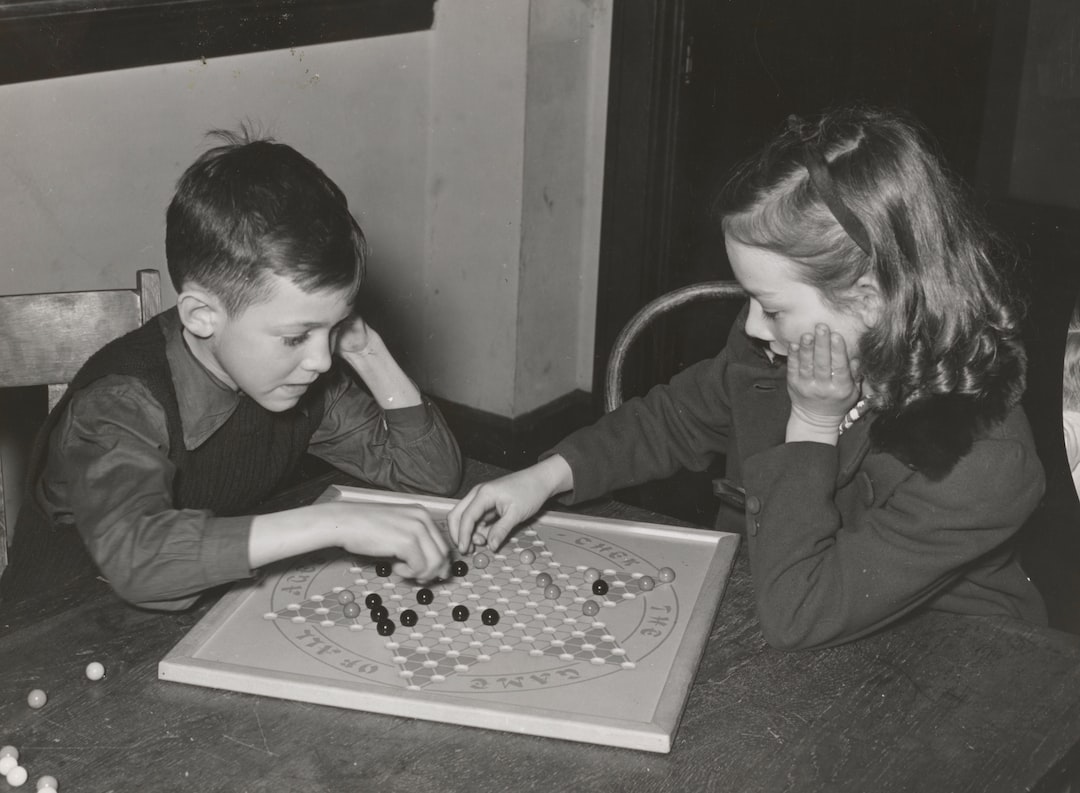Creating Your Own Game: Introduction to Game Design
Are you someone who spends hours in front of a screen, exploring virtual worlds and immersing yourself in thrilling adventures? Have you ever wondered how these captivating games are made? If so, you’re not alone. The world of game design has become increasingly popular, with more and more people aspiring to create their own games. In this blog post, we will introduce you to the exciting world of game design and provide you with insights and tips to get started on your own game creation journey.
Game design is the process of crafting interactive experiences through the creation of rules, mechanics, and visual elements. It is a multidisciplinary field that combines art, storytelling, programming, and psychology to create engaging and immersive gaming experiences. Whether you dream of creating a complex role-playing game or a simple puzzle game, understanding the fundamentals of game design is crucial.
Before diving into the actual creation process, it’s important to define your goals and understand your audience. What kind of game do you want to create? What age group or demographic are you targeting? Having a clear vision of your game will help you make informed decisions throughout the development process.
Now, let’s explore the essential elements of game design that you need to consider:
1. Game Mechanics: Game mechanics are the rules and systems that govern how your game functions. They dictate the interactions between the player and the game world. For example, in a platformer game, the mechanics may include running, jumping, and collecting coins. Ensure that your mechanics are intuitive, balanced, and offer a challenge to keep players engaged.
2. Storytelling: Crafting a compelling narrative is essential to create an immersive gaming experience. The story can provide context, purpose, and motivation to players. Consider developing interesting characters, engaging plotlines, and well-written dialogues to captivate your audience.
3. Level Design: Level design involves the creation of game environments and the placement of obstacles, puzzles, and enemies. It is crucial to strike a balance between difficulty and fun, ensuring that players are continually challenged but not frustrated. Experiment with different design elements to create unique and memorable levels.
4. Visual Design: Visual design encompasses the aesthetics, art style, and overall look of your game. The visual elements should complement the gameplay and evoke the desired atmosphere or emotions. Whether it’s pixel art, realistic 3D graphics, or a stylized visual approach, make sure your visuals align with your game’s theme and target audience.
5. User Interface: The user interface (UI) is a crucial aspect of game design that focuses on how players interact with the game’s menus, controls, and displays. Designing an intuitive and visually pleasing UI is essential for a seamless gaming experience. Keep it simple, informative, and easy to navigate.
6. Sound Design: Sound effects and music play a significant role in enhancing the player’s immersion and emotional engagement. Sound design should match the game’s atmosphere and activities, whether it’s background music, environmental sounds, or character voiceovers. Pay attention to sound quality and use audio cues strategically to create an immersive experience.
Now that you have an overview of the core elements of game design, it’s time to explore the tools and software available to bring your vision to life. Depending on your preference and level of expertise, you can choose from a variety of game engines such as Unity, Unreal Engine, or GameMaker Studio. These engines provide a range of tools, resources, and tutorials to help you prototype, develop, and publish your game.
Remember, game design is an iterative process. It is essential to playtest and gather feedback to refine your game. Iteration helps to identify what works and what needs improvement. Don’t be afraid to make changes, experiment, and learn from both successes and failures. Game design is a creative journey that requires persistence, problem-solving skills, and a passion for creating enjoyable experiences.
In conclusion, game design is an exciting and rewarding field that allows you to unleash your creativity and bring your own virtual worlds to life. By understanding the fundamental elements of game design, setting clear goals, and embracing iterative development, you can embark on your game creation journey with confidence. So, let your imagination run wild, start designing, and who knows, your game might be the next big hit in the gaming industry!

